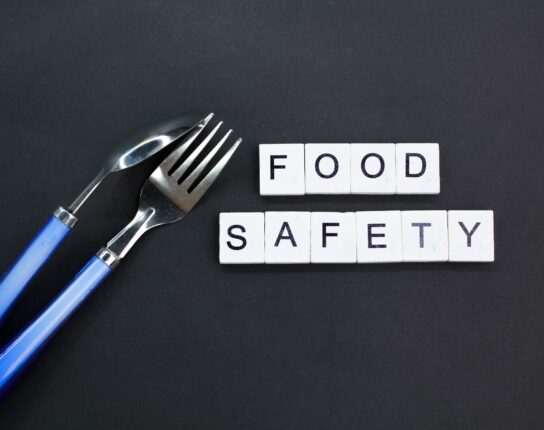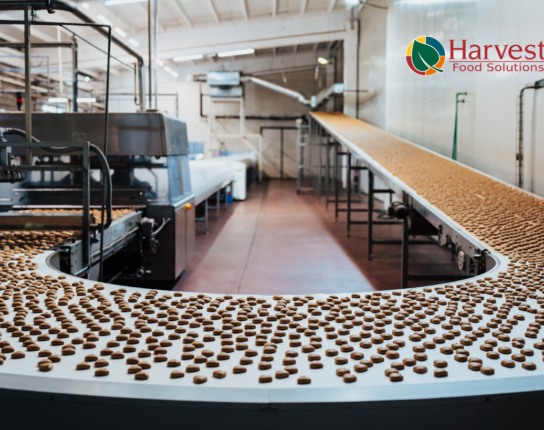Running a perishable food company can be incredibly stressful. The hours are long, the competition is fierce, and the rules and regulations are always changing. But there is also another outside factor that many do not consider – changing food trends. With the rise of the digital age, information is easier and more accessible than ever, and consumers crave knowledge of their products. Modern food trends are creating more and more safety challenges for perishable food companies, and the businesses must be ready to respond, react, and anticipate in order to stay at the top of their field. So what are some consumer food trends that are creating food safety challenges in this industry? We have pinpointed a few of the main trends that we believe perishable food companies need to be on the lookout for.
Push for Locally Grown/Produced
Over the last few years, there has been a major movement in the food industry for locally grown or locally produced foods. Consumers believe the food to be safer because they know where it comes from, versus food from a large corporation that has been shipped from hundreds or even thousands of miles. However, locally produced or grown products still need to abide by the same food production laws and training as larger growers as part of the food safety modernization act. These and other laws have been created to educate growers and producers on risk assessment, food safety issues, product traceability, and packaging/handling of perishable foods.

Gluten-Free
Another hot consumer trend for food is the rise of the gluten-free diet. While for some, especially those who have been diagnosed with celiac disease, staying gluten-free is a necessary requirement for good health. For others, staying away from gluten is simply a lifestyle diet choice. Manufacturers of gluten-free products know the strict requirements that each product must comply with in order to be allowed to market “gluten-free” on the package. In 2013, the FDA released a rule that helped define “gluten-free” for food labels. Because this has been a newer trend, there are still things that need improved to regulate how a food can be labeled “gluten free”. Because of the danger of someone with celiac disease consuming something with gluten, foods labeled as free of it must contain less than 20 ppm of gluten, and cannot contain ingredients like gluten-containing grains, or gluten-containing grains that have not been processed to remove the gluten.
Rise of New Services and Technologies
As the digital age has come into prominence, receiving food is more convenient than ever. The rise of services that send consumers portioned meal ingredients and recipes for an entire week has caused certain food safety rules to be created – or re-examined. For example, home-delivered foods need ice packs or be contained in coolers to ensure the safety of the products. Food safety gaps have been considered in regard to home meal delivery services. The industry and the FDA are racing to keep up with food trends, like this one, while balancing the potential threat for foodborne illness.
These reasons are why we at Harvest Food Solutions are here to help you. The constant changes in compliance requirements for packaging of foods keep our experts working around the clock to make sure your business practices are still up to date. We have extensive experience in baking, gluten-free, cookies, confectionaries and wholesale distribution. We can help institute best standard practices, get you to set strategic goals, meet benchmark standards and implement standards to help with your compliance and compete with larger retail clients.
The perishable food industry comes with its difficulties. It’s a face-paced work environment that tends to be incredibly competitive. If a business owner does not stay up to code on all the safety rules and regulations, it could be the end of the business.
Give Harvest Food Solutions a call today to find out how their solutions can help your perishable foods company keep up with consumer trends and food safety challenges.










